Humpback whale population numbers are taking a dive due to a new threat to the majestic animals. They’ve been targeted for hunting/whaling throughout history until 1986, when whaling was banned due to the whales almost being mass-killed.
Since then, the population levels have been growing back until recently, when the number of whale pregnancies has dropped. This has been happening since the last decade due to a rise in sea temperature, causing a marine heatwave. A new study has found that rising sea temperatures due to a marine heatwave have been the cause of the major humpback whale die-off.
How Many Humpback Whales Are There?
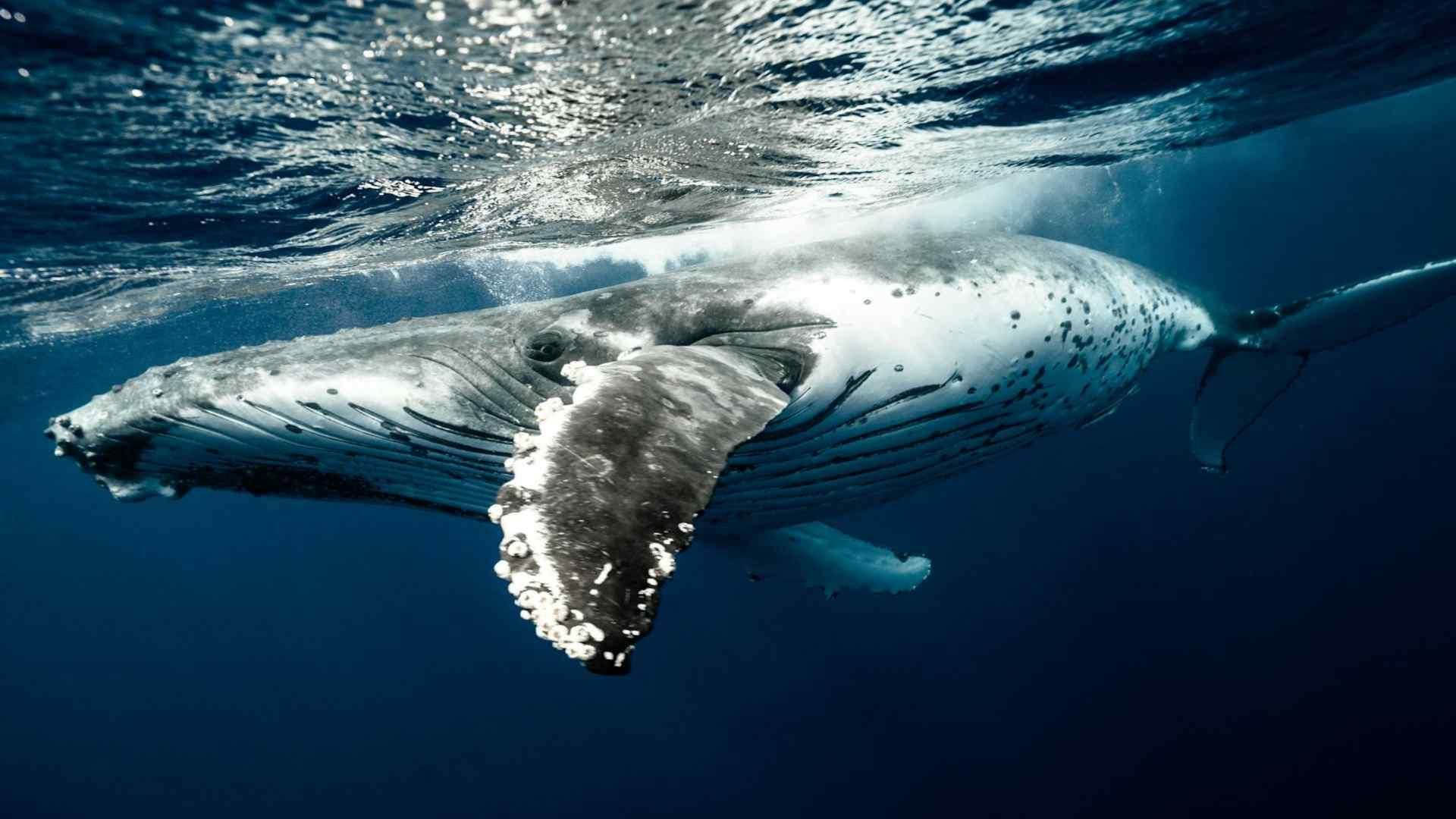
Humpback whales have steadily increased since the 1980s, but they are still endangered. There are currently around 80,000 mature Humpback whales in our oceans, and there are 55,000 more that aren’t yet mature.
These 80,000 whales are split into 14 different distinct population areas of the Humpback whales. The author of the study found that humpback whale populations were actually in a period of major recovery due to excessive commercial fishing. However, this recovery period could not withstand these marine heatwaves.
The Cause of the Humpback Mass Death

The cause of the decrease in the population of humpback whales has scientists around the world worried. Several marine heatwaves have plagued the North Pacific Ocean and its inhabitants since 2012, shrinking the whole ecosystem. This shrinkage has led to a 20% decrease, or 7,000 deaths, in the Humpback population in the area.
Humpbacks are slightly flexible with their diets, as marine population levels can fluctuate. However, the heatwave caused all the food levels for the whales to significantly decrease. This caused them to become undernourished, which then led to a decrease in pregnancies, and an increase in being susceptible to diseases.
What Will a Heatwave Do in the Ocean?
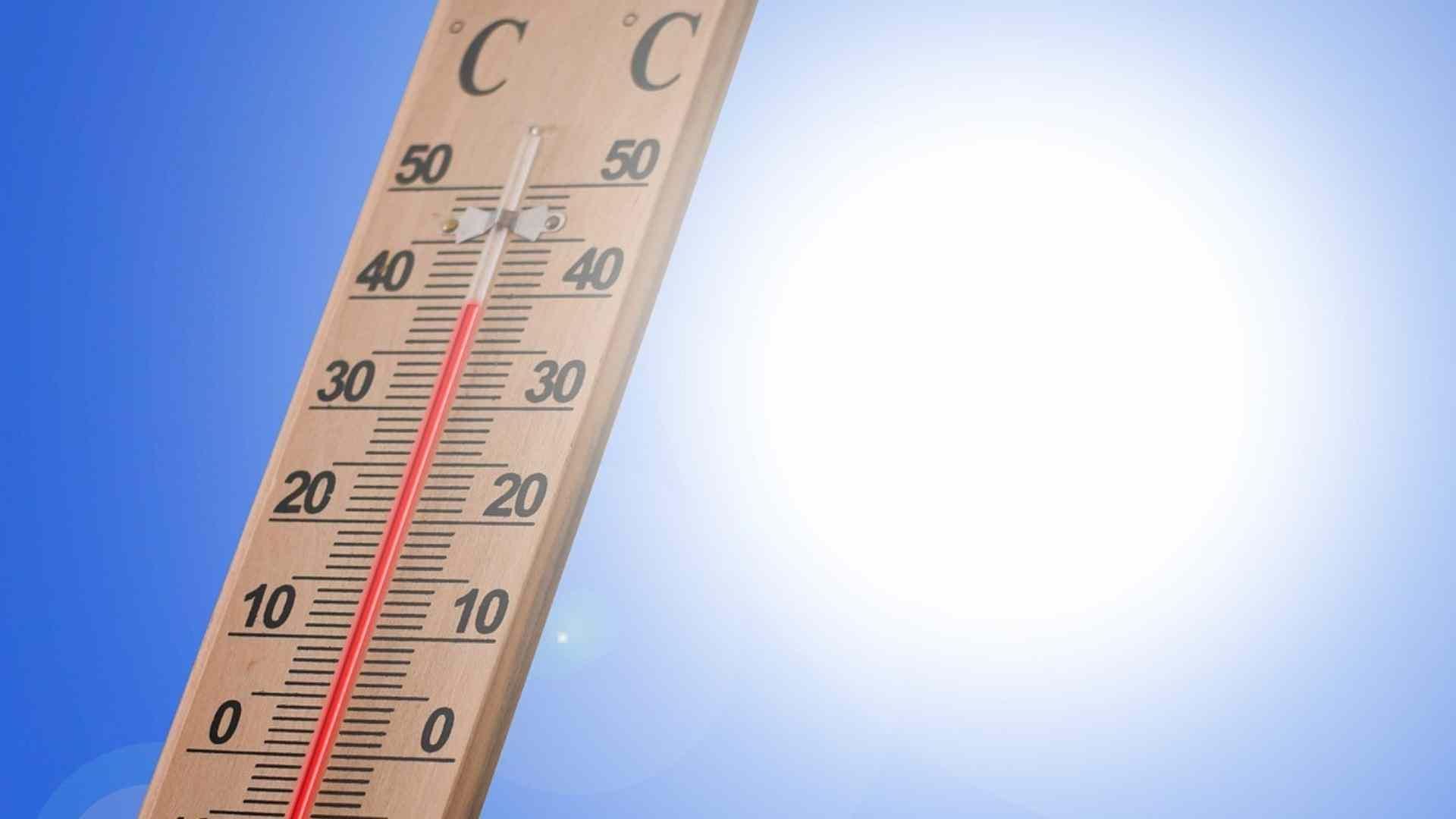
A heatwave that affects an ocean can negatively impact more than just the water temperature. It can lead to disastrous consequences for the environment, affecting billions of sea creatures and people.
Marine heatwaves can destroy the ocean’s complex ecosystems by causing damage, such as coral bleaching and algae blooms. The knock-on effect is that fish migrate to new areas because food is no longer available, which imbalances the whole ecosystem.
Huge Numbers of Whales Dead
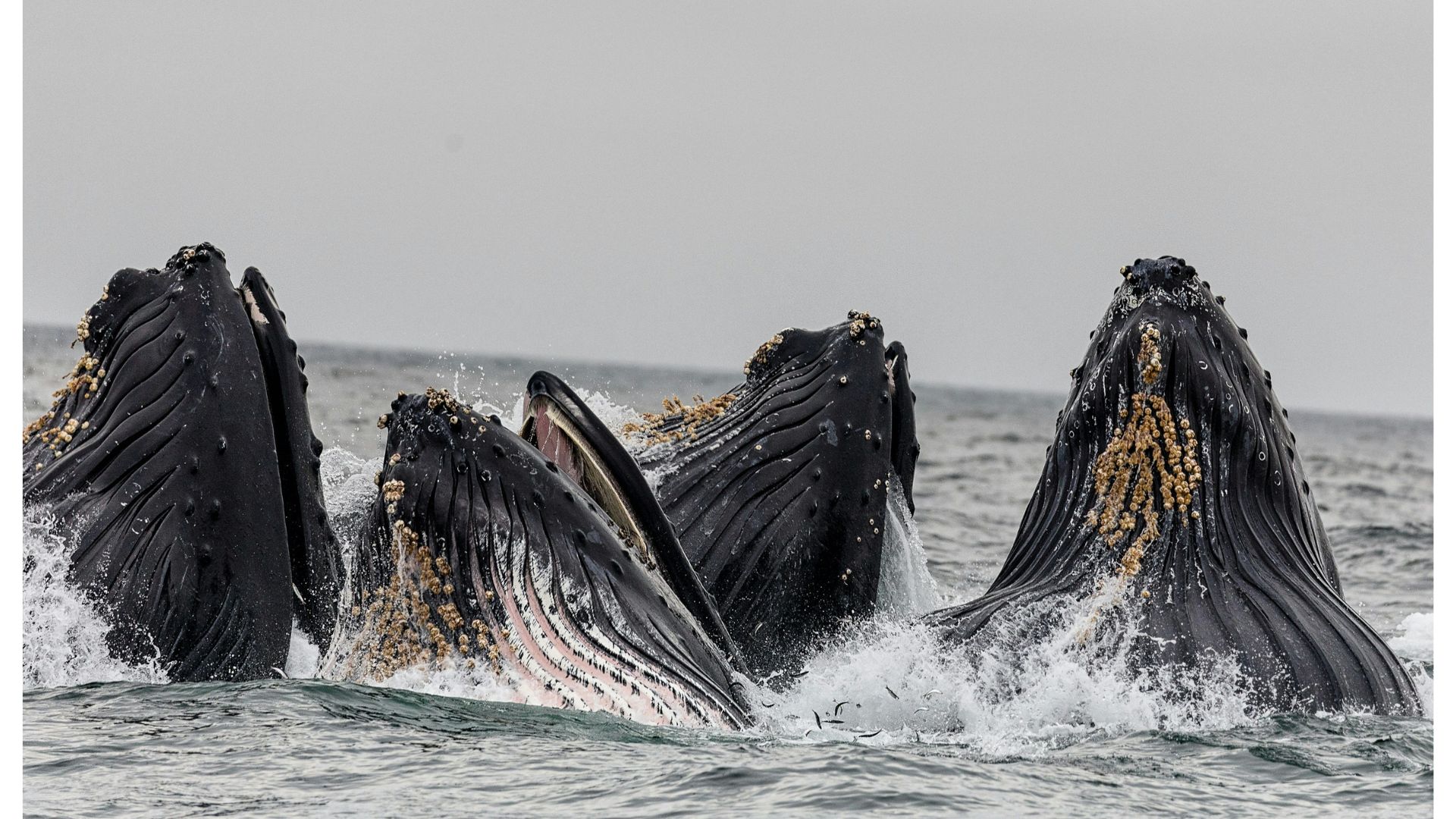
Scientists were shocked at how many Humpback whales died when they thought the population would start increasing. They presumed this recovery period would extend for a longer time and that the whales would keep recovering.
But this didn’t happen. Between 2012 and 2021, a huge decline of 7000 whales died. Scientists have learned that climate change and warmer waters are to blame for these increased deaths.
Climate Change Worries Scientists
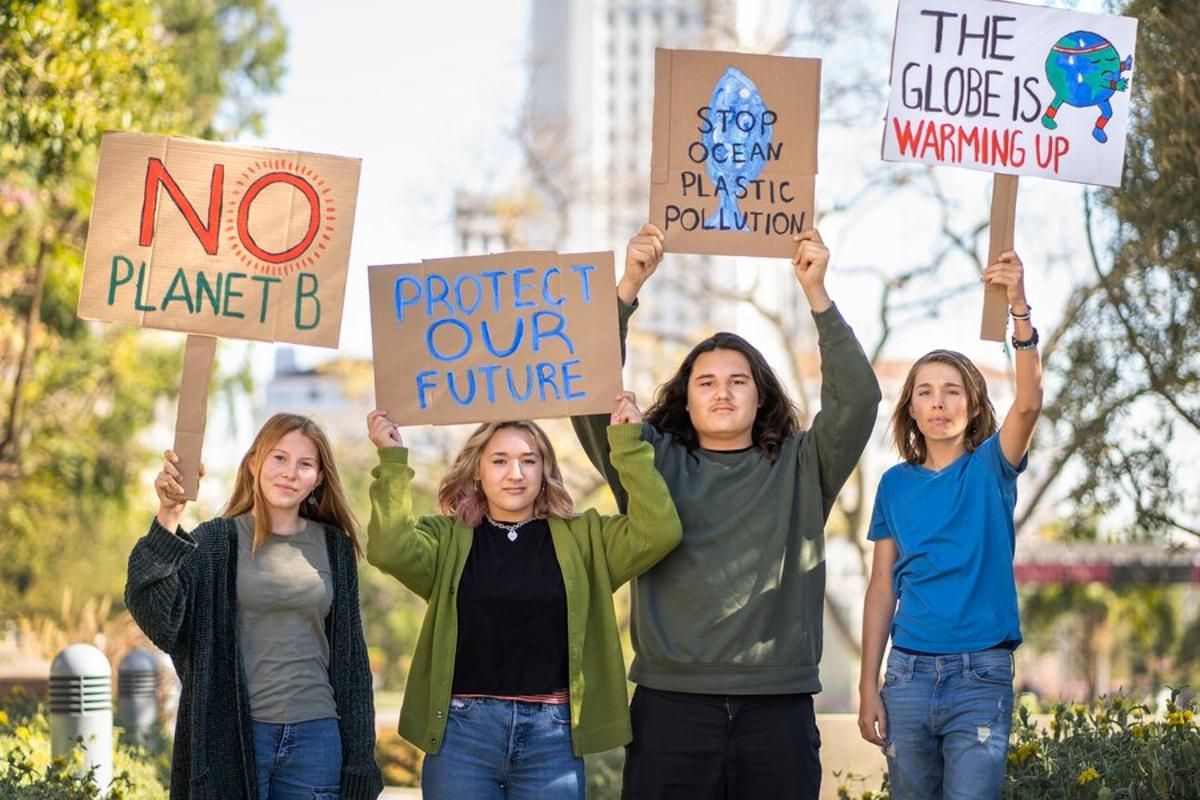
With the whale population in decline, scientists are worried about climate change. With climate change pushing frequent marine heatwaves, scientists are finding that the whale population is in trouble, even after the recovery period.
Lead anchor study author Ted Cheeseman told NOAA Fisheries, “We expected to see growth level off as the population recovered. What we didn’t anticipate was that climate change would lower the capacity of the ocean for humpbacks.”
Warms Waters and the ‘Blob’ Are to Blame
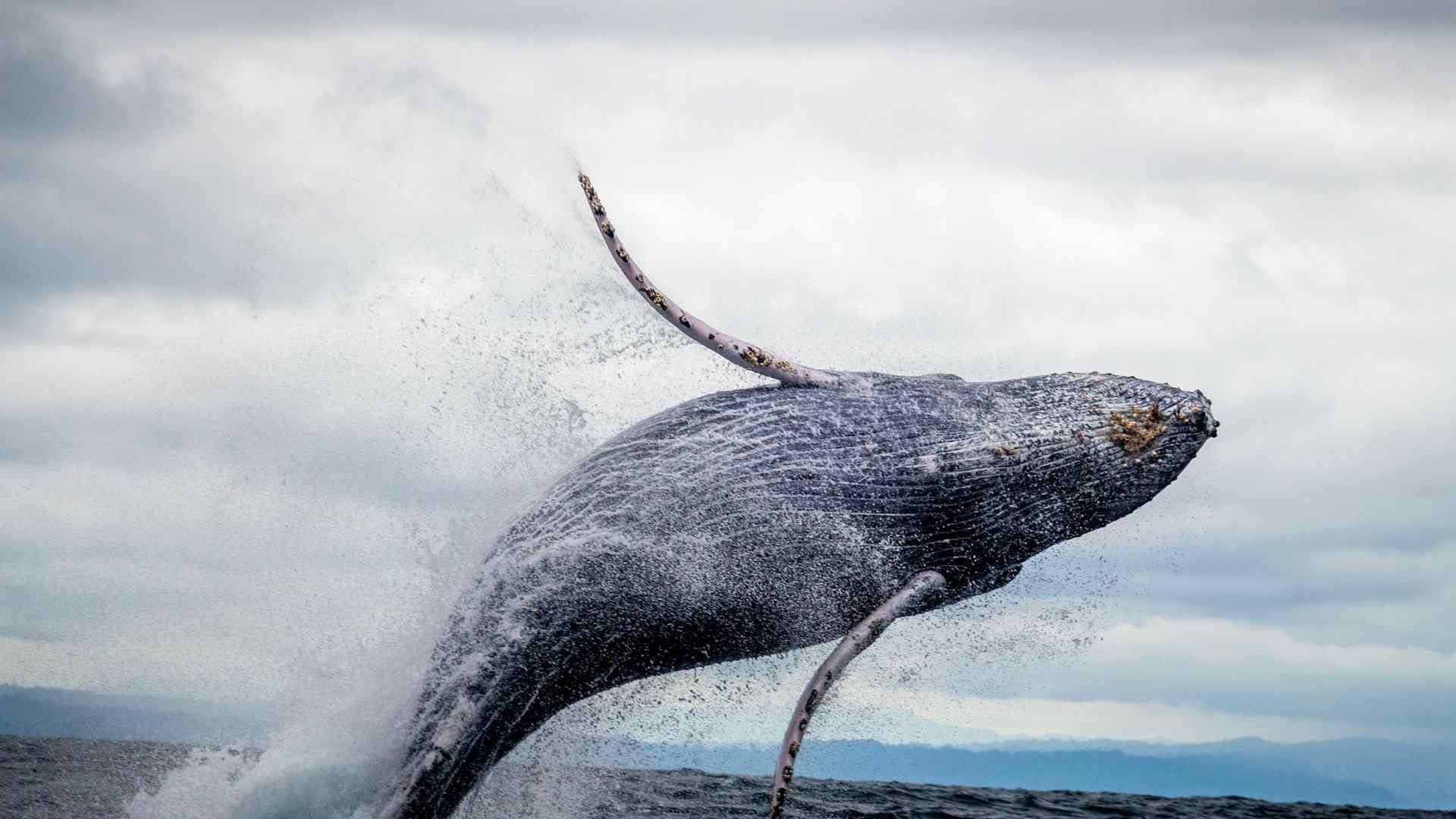
Climate change, along with a water warming event, is to blame for the declining whale population.
The Blob is a large mass of heated water in the Pacific Ocean that some scientists believe was triggered by harmful algae blooms. Scientists believe that this event made big changes to the ocean and ocean life, including the humpback whales.
How the Blob Harmed the Whales
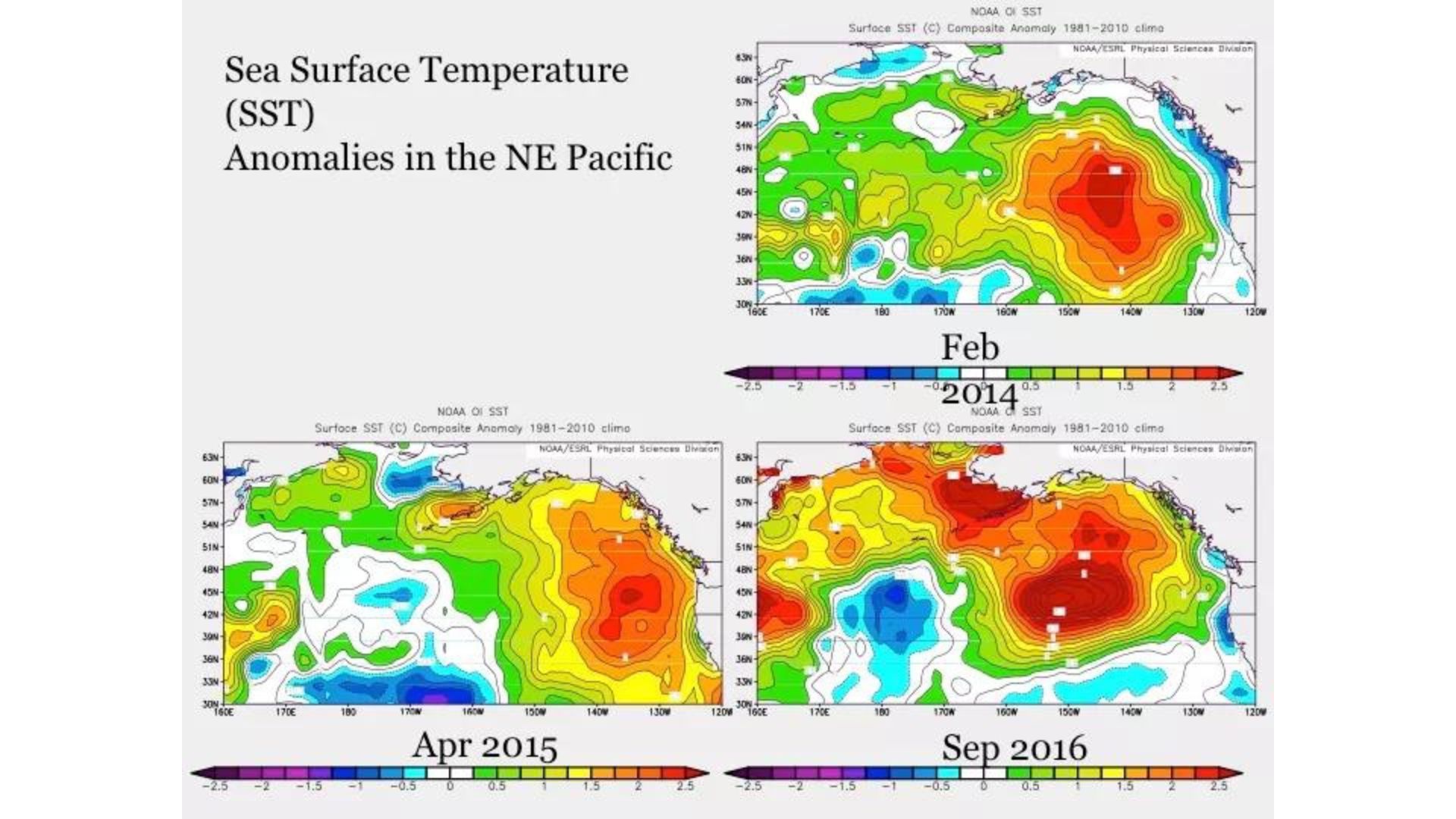
With unusually warm waters, it was not just the whales affected, but their prey. As the Blob has drifted across the Pacific, the warm temperatures of the water increased the growth of warm water species, which in turn led the Blob to keep growing.
According to Earth Data, this warm water with algae blooms became toxic to marine life. Without a large prey resource, the Humpback whale population declined by a worrying 20%.
Was Other Marine Life Hurt From the Heatwave?
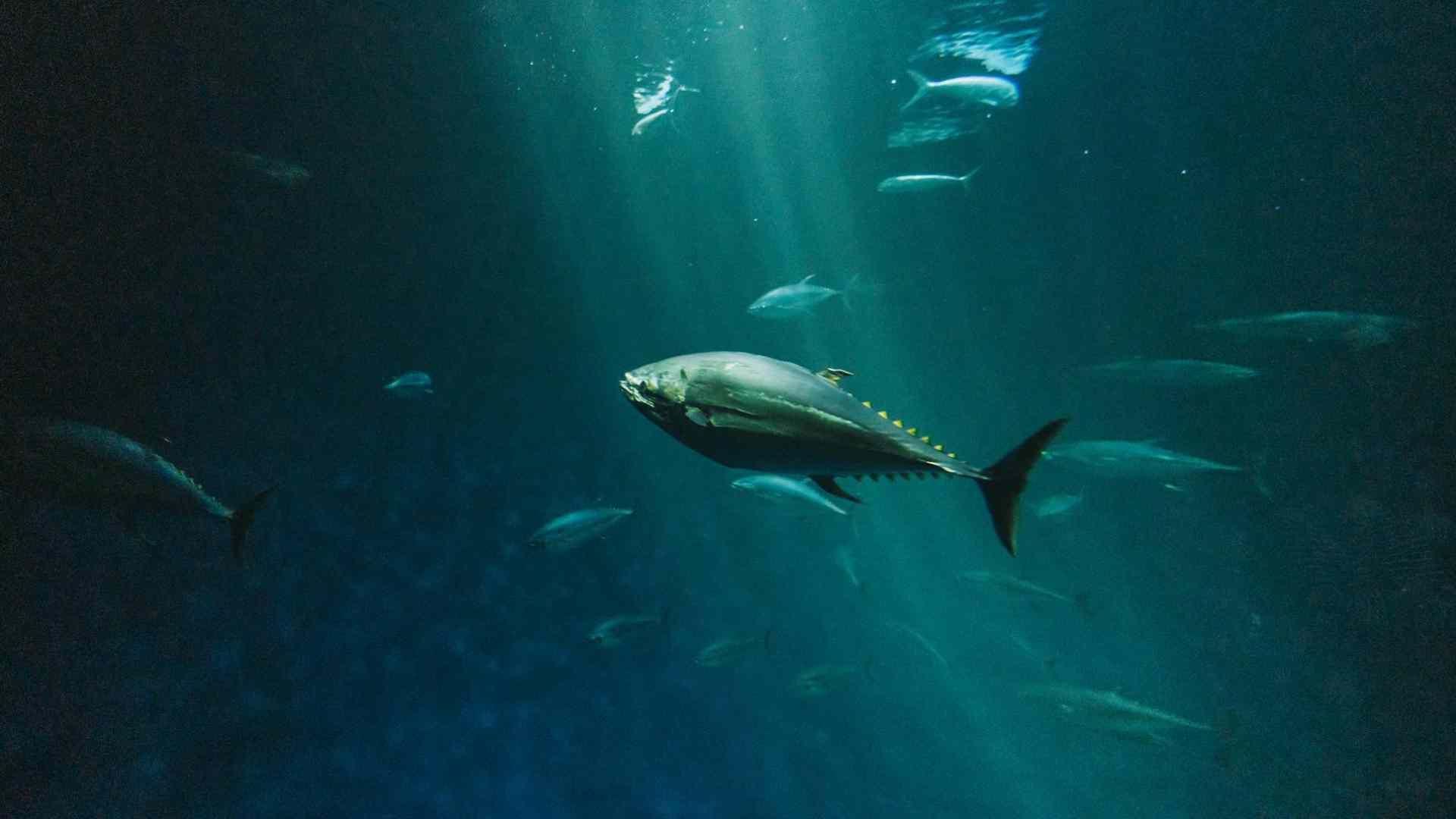
In addition to harming Humpback whales, the heatwave affected other marine life. Different species may change during a heatwave to deal with the different weather conditions. This means some animals may move to deeper and cooler waters.
You can see this with the bluefin tuna. In 2014 and 2015, they moved northwest. However, during the heatwave in 2019 and 2020, the fish migrated southeast to cooler waters.
The Heatwave Finally Ended

The marine heatwave lasted until 2021 but left devastation in its wake. Scientists were left with mass whale deaths, along with whales that survived but were severely undernourished.
Another problem scientists soon discovered was reduced mother-calf relationships. This is because whales were having to compete for less food, including mothers and calves. In addition, fewer calves have been spotted at major breeding grounds, such as in Hawaii.
Using AI
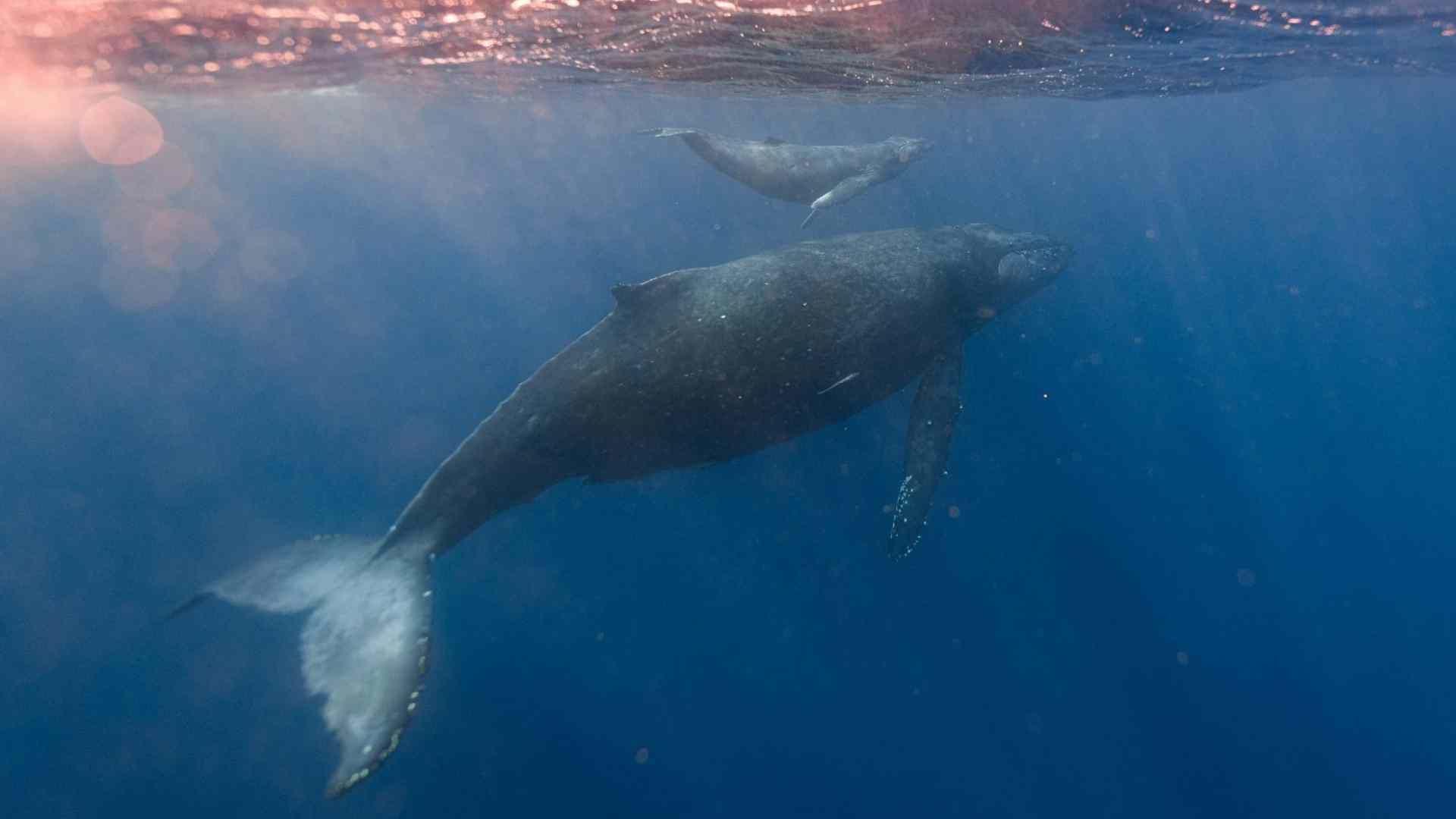
With the declining numbers, scientists need to count the remaining whales left. Counting the remaining whales is an important task for the field of study, and in previous years, this was done manually by ship surveys.
Now, scientists are using Artificial Intelligence to help count the whales. Cheeseman said, “We brought together data for over 30,000 individual humpback whales in over 200,000 encounters, something that would have been effectively impossible without AI-powered automated image recognition.”
Humpback Whale Population Numbers

Even with the Humpback whale numbers dropping in the last ten years, the population is still resurging.
According to the Endangered Species Coalition, 80,000 mature Humpback whales are currently “rebounding.” This is a major leap in population as, in the 1980s, when the hunting ban came into effect, an estimated 5,500 were left.
